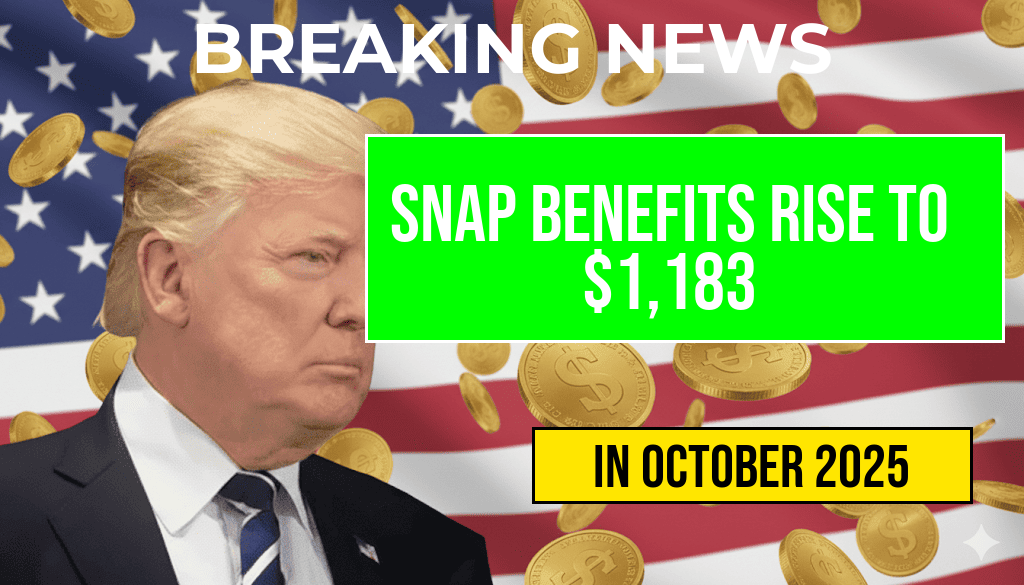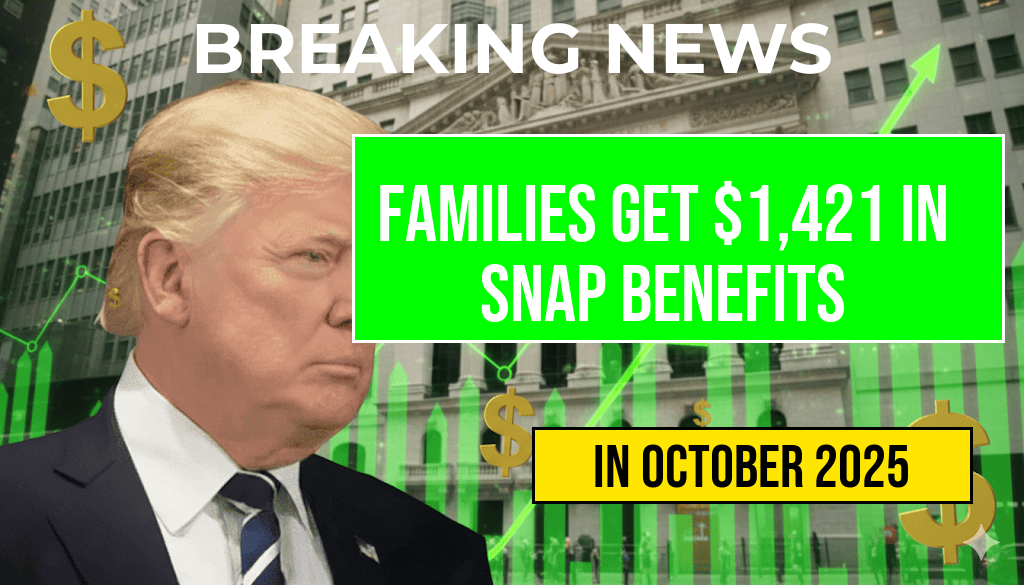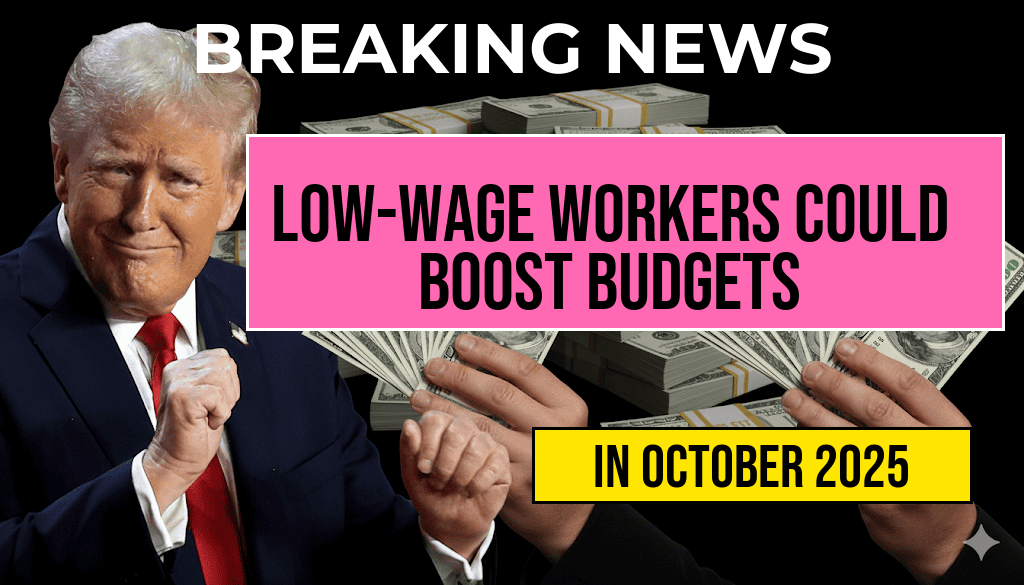As the federal government enters its sixth day of shutdown, thousands of federal employees remain furloughed without pay, disrupting essential services across numerous agencies. Meanwhile, a significant $8 billion program providing nutrition assistance through the Special Supplemental Nutrition Program for Women, Infants, and Children (WIC) faces imminent cuts, threatening to impact millions of vulnerable Americans. The standoff, driven by unresolved funding disagreements in Congress, continues to cast a shadow over the economy and public health initiatives, highlighting the far-reaching consequences of political impasse.
Federal Employees Face Financial Uncertainty Amid Prolonged Shutdown
As negotiations stall, approximately 800,000 federal workers have been furloughed since the shutdown began, with many unable to access their regular paychecks. While some agencies have maintained limited operations to support critical functions, most federal employees find themselves without income, creating mounting financial strain. Several employees have reported difficulties paying rent, covering groceries, and managing other essential expenses, raising concerns about the broader economic impact.
Federal agencies such as the Department of Homeland Security, the IRS, and the Department of Agriculture are operating with limited staff, affecting services ranging from immigration processing to agricultural inspections. The shutdown also hampers national security efforts and disrupts disaster response activities, compounding the challenges faced by government agencies.
The Impact on Nutrition Assistance Programs
Among the programs most at risk is the WIC program, which serves roughly 6 million women, infants, and children nationwide. With an allocated budget of approximately $8 billion annually, WIC provides vital nutritional support, including vouchers for healthy foods and nutritional counseling. However, with the federal funding authority expiring amidst the shutdown, ongoing disbursements are uncertain, and states have begun contingency planning to prevent interruptions.
Potential Consequences of WIC Cuts
- Reduced access to nutritious foods for low-income families
- Increased risk of malnutrition among infants and pregnant women
- Strain on local health clinics and community organizations that rely on federal support
Experts warn that any prolonged disruption could reverse recent gains in maternal and child health outcomes, emphasizing the critical nature of the program during the ongoing economic uncertainty.
Political Deadlock and Economic Ramifications
The shutdown stems from disagreements over federal spending levels and policy provisions, with Democratic and Republican leaders unable to reach a consensus over the budget for the upcoming fiscal year. The impasse has led to delayed legislation, with lawmakers voicing diverging priorities on issues ranging from immigration to national security.
Economists warn that prolonged shutdowns can dampen economic growth, citing disruptions in government services and consumer confidence. The Congressional Budget Office (CBO) has estimated that each week of shutdowns can reduce gross domestic product (GDP) growth by billions of dollars, while also increasing unemployment in affected sectors.
Key Data on the Shutdown’s Impact
| Aspect | Details |
|---|---|
| Federal Employees Furloughed | Approx. 800,000 |
| Number of Agencies Affected | Multiple, including Homeland Security, Agriculture, and Treasury |
| WIC Program Budget | $8 billion annually |
| Potential WIC Disruption | Contingency plans in progress; no official cutoff yet |
Responses and Outlook
Leaders on both sides of the aisle continue to hold talks, but no immediate resolution appears imminent. The Biden administration has emphasized the importance of keeping key services operational and ensuring federal workers are compensated once funding is restored. Conversely, House Republicans maintain that spending restrictions are necessary to curb federal deficits, complicating negotiations.
Meanwhile, advocacy groups and community organizations are monitoring the situation closely, preparing to assist families most affected by service disruptions. The Department of Health and Human Services has indicated that efforts are underway to mitigate the impact on nutrition assistance programs, but the long-term effects remain uncertain.
As the shutdown persists, the public and markets remain watchful, with some analysts warning that continued political gridlock could have broader implications for economic stability and public trust in government institutions. The coming days will be crucial in determining whether lawmakers can bridge their differences or if the shutdown will extend further, deepening the strain on federal operations and essential programs.
For more information on the federal budget process and government shutdowns, visit Wikipedia’s article on U.S. government shutdowns.
Frequently Asked Questions
What is the current status of the government shutdown?
The government shutdown is ongoing on Day 6, with federal employees facing no paychecks and essential government services remaining affected.
How are federal employees being impacted by the shutdown?
Federal employees are experiencing no paychecks during the shutdown, which may affect their ability to cover basic living expenses and financial obligations.
What are the implications for the WIC program amid the shutdown?
The WIC program, which provides nutritional assistance to women, infants, and children, faces cutbacks totaling $8 billion, potentially reducing benefits and access for vulnerable populations.
What are the main reasons behind the ongoing shutdown?
The shutdown continues due to unresolved disagreements over funding legislation and budget priorities among lawmakers, preventing the passage of necessary appropriations bills.
Is there any relief or support available for affected federal employees and program beneficiaries?
Currently, there are limited relief options, but federal employees may qualify for emergency loans or unemployment benefits in some cases. Program beneficiaries should stay informed through official channels for updates on assistance and services during this period.






